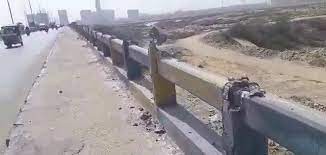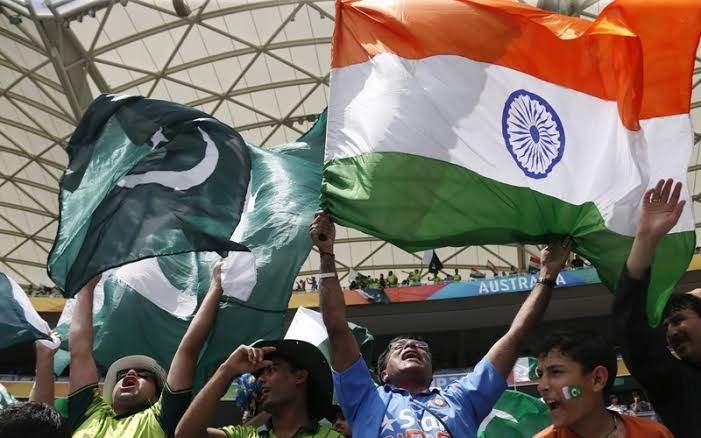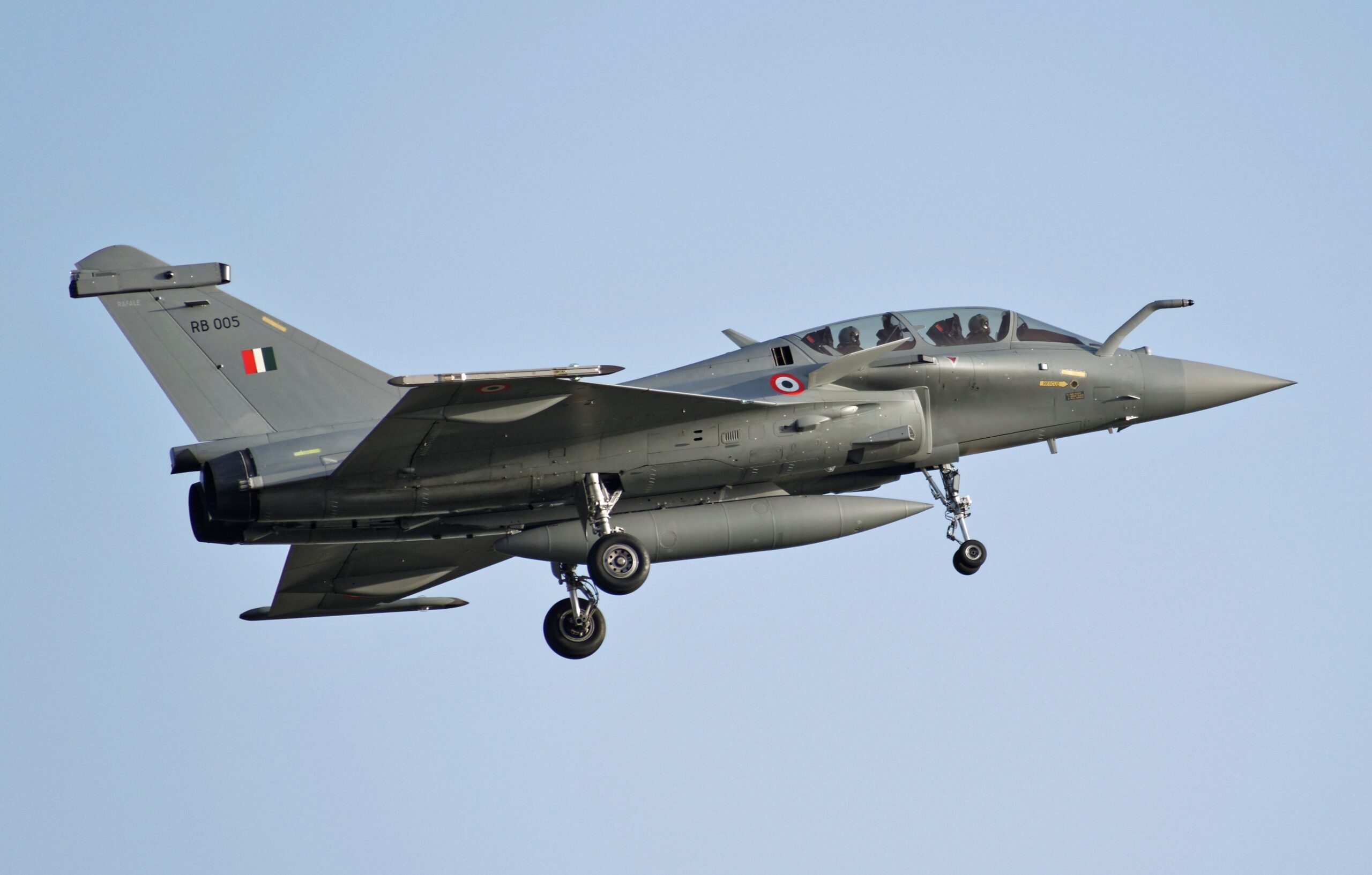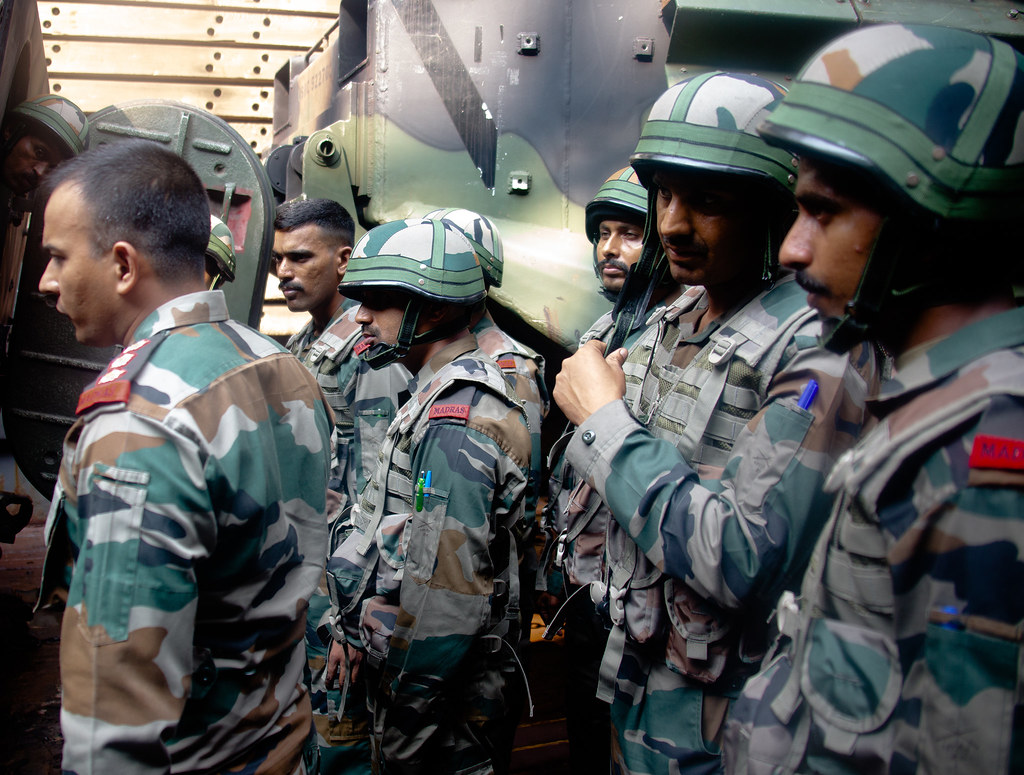In a significant move aimed at modernizing infrastructure and enhancing safety standards, the Jam Sadiq Bridge in Korangi is set to close for all traffic from March 14 through March 17. This temporary shutdown, which will see work conducted daily from 7:00 AM to 2:00 PM, is part of a broader initiative to upgrade the bridge—a vital link in Karachi’s extensive road network. While the closure is expected to cause short-term inconvenience for local commuters, authorities have laid out detailed alternative routes to help ease the transition during the four-day maintenance period.
A Necessary Upgrade for Long-Term Benefits
The decision to suspend traffic on the Jam Sadiq Bridge comes as city planners and engineers emphasize the need for consistent maintenance and modernization of aging infrastructure. Over time, heavy traffic loads and environmental wear have taken their toll on this key structure, making timely repairs and upgrades imperative. The scheduled work will address various aspects of the bridge’s condition—from surface repairs to the reinforcement of support structures—ensuring that it remains safe and efficient for future use.
Officials have underscored that while the temporary disruption might pose challenges, the long-term benefits include enhanced durability and improved traffic flow in the Korangi area. The maintenance program is expected not only to extend the lifespan of the bridge but also to better accommodate the growing demands of the region’s urban traffic.
Detailed Work Schedule and Traffic Management
According to the local traffic police, the development work will be carried out each day between 7:00 AM and 2:00 PM. During these hours, the Jam Sadiq Bridge will be completely inaccessible to all vehicles, with work crews actively engaged in repair and reinforcement tasks. The limited timeframe for construction activities is designed to minimize disruptions during peak travel hours while ensuring that the project remains on schedule.
To mitigate the impact of the closure, authorities have established a comprehensive rerouting plan. Commuters coming from Korangi, Akhtar Colony, and the Korangi Industrial Area will be directed to use alternative routes along Korangi Road. These detours have been carefully planned to ensure that the flow of traffic remains as smooth as possible despite the temporary loss of one of the city’s crucial crossings.
Alternative Routes for Diverse Commuter Needs
For drivers heading from the Korangi Industrial Area towards Mehmoodabad, a specific detour has been arranged. Traffic will be redirected from the Godam (Brooks) Chowrangi, where vehicles will be instructed to take a right turn onto Surgeon Faiz Muhammad Khan Road, also known as Korangi Causeway. This diversion is designed to maintain connectivity between industrial zones and residential or commercial areas further afield.
Additionally, commuters planning to travel to the airport have been advised to utilize a separate set of alternative routes. Those heading in this direction should plan to use the combination of Defence, Korangi Road, Kalapur, and the FTC flyover. These routes have been identified as capable of absorbing the extra traffic load while keeping travel delays to a minimum.
Impact on Local Communities and Business Operations
The closure of the Jam Sadiq Bridge is expected to affect thousands of daily commuters, including local residents, business professionals, and industrial workers. In Korangi and surrounding neighborhoods, the bridge plays a crucial role in facilitating efficient travel and commerce. As a result, local businesses and community leaders have been actively preparing for the temporary disruption.
Community meetings and local media briefings have stressed the importance of planning ahead. Residents have been encouraged to check updated traffic advisories and consider alternative travel times if possible. Business owners, particularly those in the industrial sector, have also been advised to communicate with their clients and employees regarding the revised routes, ensuring that deliveries and appointments can be adjusted to accommodate the temporary changes.
Strategic Coordination and Proactive Measures
Local government agencies and traffic management teams have been working in close coordination to implement the necessary changes. Enhanced signage has been installed at key junctions, and additional traffic personnel have been deployed to guide motorists along the new routes. These proactive measures aim to prevent confusion and reduce the likelihood of bottlenecks in areas where the diverted traffic is expected to converge.
Officials emphasize that the collaboration between municipal authorities, traffic police, and the community is central to managing the transition effectively. “We understand that any disruption to daily travel routines can be challenging,” noted one senior traffic officer. “That’s why we’ve made every effort to provide clear, well-planned alternative routes. Our goal is to complete the necessary maintenance work swiftly and safely while minimizing inconvenience for our citizens.”
Engineering Insights and Future-Proofing the Bridge
From an engineering standpoint, the development work on the Jam Sadiq Bridge is both comprehensive and forward-looking. The project will include repairs to the bridge’s roadway surface, as well as critical structural enhancements to its support beams and foundations. Engineers have noted that these improvements are vital for ensuring that the bridge can meet the evolving demands of urban transportation.
The maintenance activities are also seen as an important step toward future-proofing the region’s infrastructure. With urbanization and industrial growth driving increased traffic volumes in Karachi, proactive upgrades such as these are essential for preventing the deterioration of critical road networks. By addressing issues before they become major problems, city planners hope to avoid more extensive and costly repairs in the future.
The Broader Context of Urban Infrastructure Development
The closure of the Jam Sadiq Bridge is not an isolated incident but rather part of a larger strategy to modernize Karachi’s transportation infrastructure. The city, which has experienced rapid population growth and industrial expansion, faces ongoing challenges related to road safety, traffic congestion, and urban planning. Recent initiatives by municipal authorities have focused on improving road networks, enhancing public transit systems, and ensuring that infrastructure keeps pace with the demands of a growing metropolis.
In this context, the decision to undertake development work on the Jam Sadiq Bridge reflects a broader commitment to creating a safer, more efficient urban environment. While residents and commuters may face temporary inconvenience, the long-term benefits include improved road safety, reduced traffic congestion, and a more resilient infrastructure capable of supporting future growth.
Tips for Commuters During the Bridge Closure
For those planning to travel through the affected areas between March 14 and 17, experts recommend a few practical tips to help ease the transition:
- Plan Ahead: Check local traffic updates and plan your route before heading out. Consider using navigation apps that provide real-time detour information.
- Allow Extra Time: With the anticipated rerouting, it is wise to leave earlier than usual to account for potential delays.
- Stay Informed: Listen to local radio stations or follow social media channels for the latest updates on the bridge’s maintenance progress and traffic conditions.
- Carpool When Possible: Reducing the number of vehicles on the road can help alleviate congestion along the alternate routes.
Looking Forward: Post-Maintenance Benefits
Once the development work on the Jam Sadiq Bridge is complete, residents and commuters are expected to reap significant benefits. Improved structural integrity and updated safety features will contribute to a smoother and safer driving experience. Additionally, the enhanced capacity of the bridge could help reduce travel times in the long run, even as the urban landscape continues to evolve.
Local government officials have expressed optimism about the project’s outcomes. They believe that by investing in infrastructure improvements today, the city can prevent more severe traffic and safety issues in the future. This proactive approach is crucial for maintaining Karachi’s status as a dynamic and growing urban center, capable of meeting the demands of a modern economy.
A Collective Effort for a Better Future
The temporary closure of the Jam Sadiq Bridge serves as a reminder of the ongoing need for infrastructure development in rapidly urbanizing cities like Karachi. While the short-term disruption may be inconvenient, it is a necessary step toward ensuring that the city’s transportation network remains robust, safe, and efficient for years to come.
Residents, commuters, and business owners are all key stakeholders in this process. By adhering to the new traffic guidelines and cooperating with local authorities, the community can help facilitate a smooth transition during the maintenance period. In turn, the successful completion of these upgrades will lay the groundwork for a more sustainable urban future.
As the work on the Jam Sadiq Bridge progresses, officials have promised to keep the public informed of any changes or updates. Transparent communication and effective traffic management are critical components of this effort, ensuring that the community remains engaged and informed throughout the project.
In Conclusion
The planned closure of Korangi’s Jam Sadiq Bridge from March 14 to 17 represents a vital investment in Karachi’s infrastructure. Though the temporary disruption may require some adjustments from daily commuters, the long-term benefits—ranging from enhanced safety and structural integrity to improved traffic flow—are expected to be well worth the inconvenience. With well-coordinated alternative routes and proactive measures in place, the city is poised to manage the transitional period effectively.
This development project underscores the importance of ongoing maintenance and upgrades in keeping urban road networks safe and efficient. As Karachi continues to grow and evolve, initiatives like these serve as a testament to the city’s commitment to modernization and public safety. By working together, local authorities and the community can navigate the temporary challenges and look forward to a more resilient and efficient transportation system in the near future.




